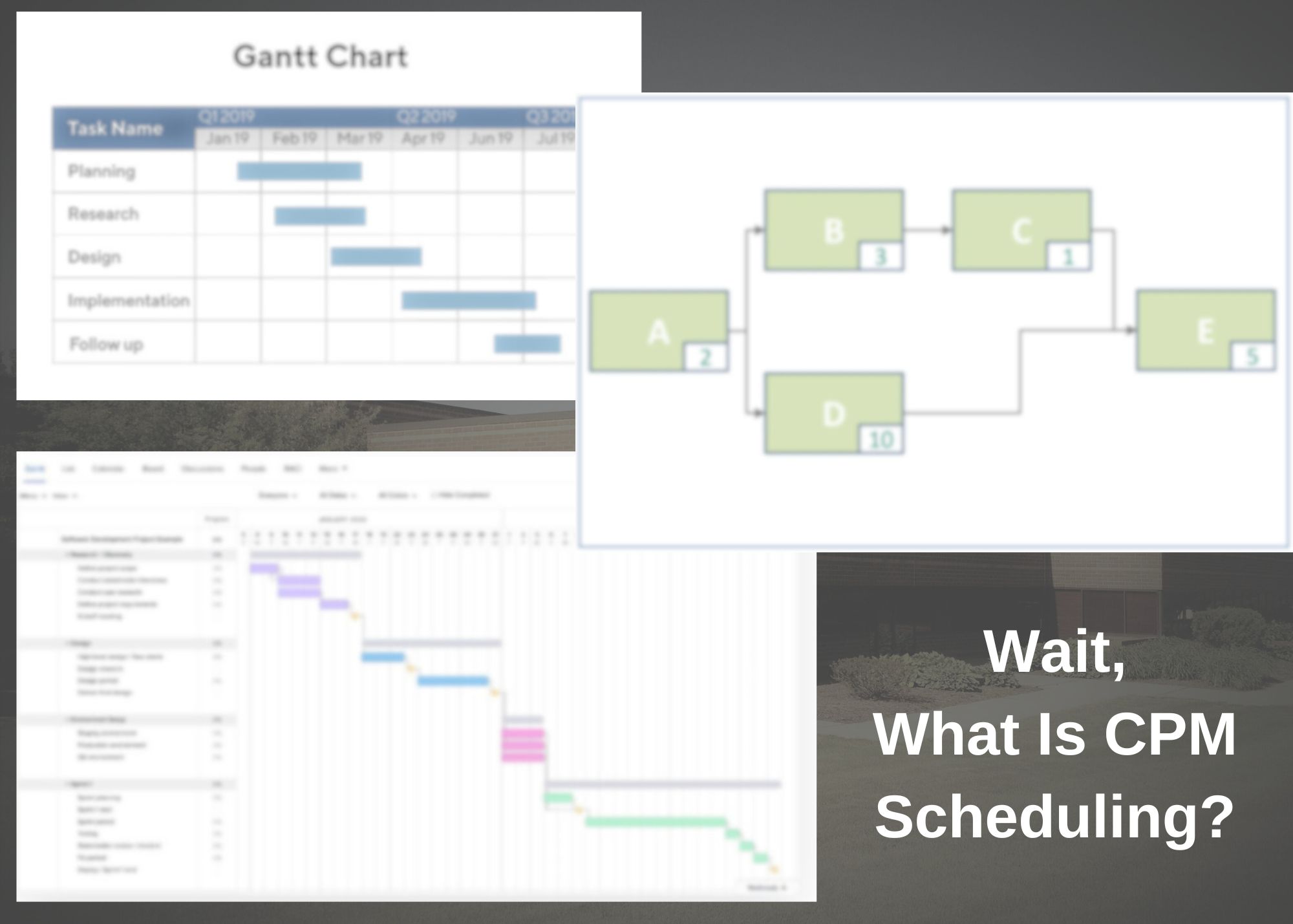Wait, What Is CPM Scheduling?
Some may see the term ‘Scheduler’ and think of an appointment scheduler, but that is the not the service that ACM provides. Want to learn more about P6 and CPM Schedulers? Here is a helpful breakdown of the terms and how you may be a good fit for our organization.

What is Critical Path Method (CPM) Scheduling?
CPM Scheduling is a way to determine (1) which jobs or activities, of the many that make up a project, are “critical” in their effect on total project time, and (2), how best to schedule all jobs in the project in order to meet a target date at minimum cost. Widely diverse kinds of projects lend themselves to be analyzed through the CPM method, but here are a few examples (not all) of the types of projects ACM has worked on:
-
-
- The construction of a building (or a highway);
- Facility renovation projects;
- Planning and launching of a new product;
- Research and engineering projects;
- The manufacture and assembly of a large power plant, generator, or system.
-
The concept of CPM may best be illustrated in terms of a project graph. The graph is not an essential part of CPM as software programs can make the necessary calculations without a reference to a graph. That said, the project graph is valuable as a means of depicting the complex number of jobs in a project and their interrelations. In essence, the critical path is the bottleneck route. Only by finding ways to shorten jobs along the critical path can the over-all project time be reduced.
